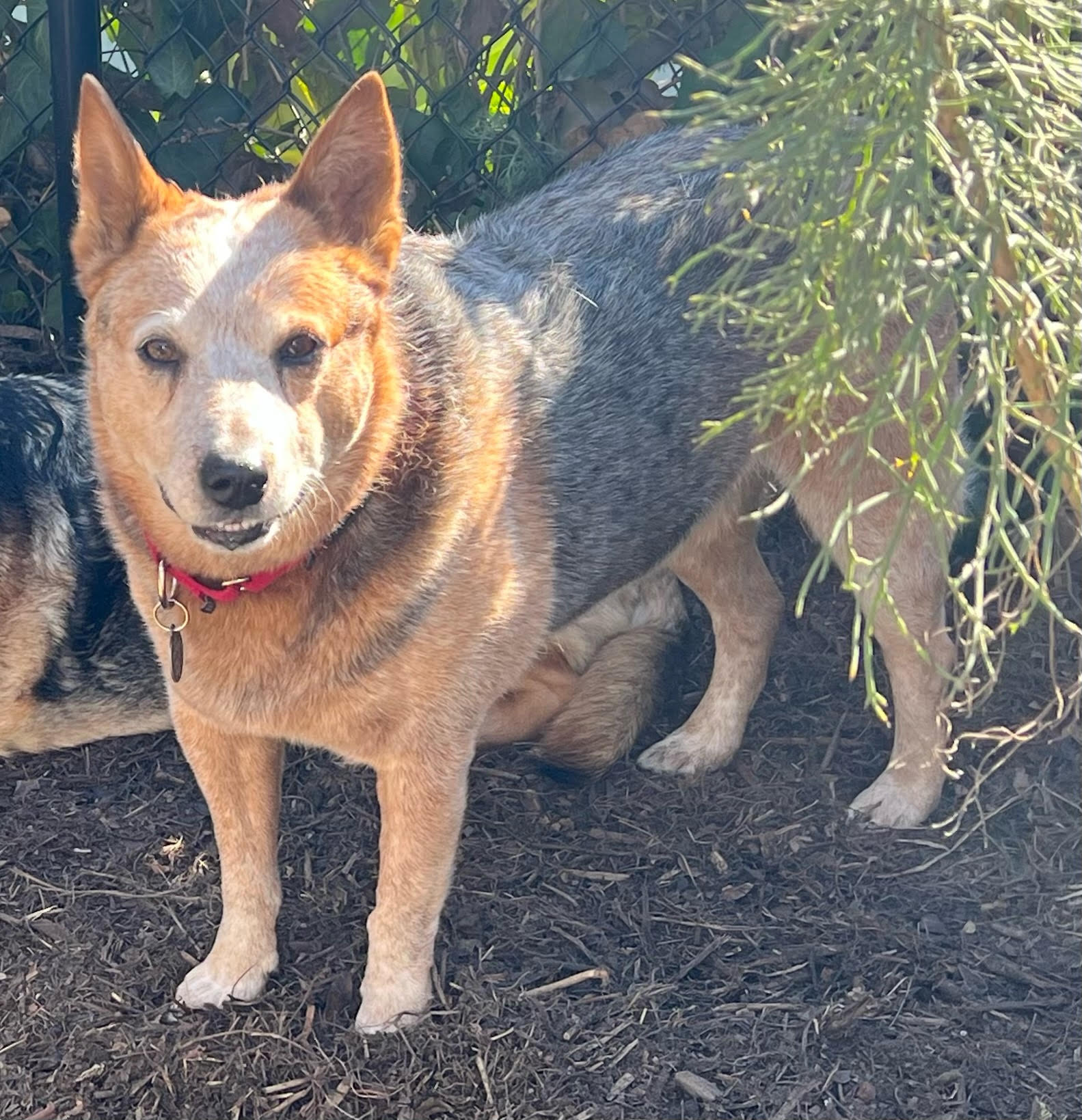Save a Life at the Animal Shelters
It Takes a Village

It always happens when the economy is in trouble — animal shelters fill up, as people face a financial crunch. The current inflationary period, plus all those pandemic pets whose owners can no longer keep them, is just the latest example. And Santa Barbara County is no exception. Our shelters are full.
We’re lucky, so far. Kern County, just a few hours north, is already euthanizing hundreds of dogs (including cute, healthy puppies) each month, as they face far more animals than they can care for. We aren’t there — yet. And we can avoid most of that … but only if the community steps up and helps out. Otherwise, healthy, friendly animals will die simply because we don’t have the resources to care for them all.
What can we do? There are several steps short of euthanasia, but they take community commitment. Here are some key ways to avert the nightmare of killing healthy animals for space:
ADOPT! If you have been thinking about getting a pet, now is the time! County Animal Services has dogs, cats, bunnies, and more at both its Goleta campus at 5470 Overpass Road and at 548 Foster Road in Santa Maria. (Info about adopting is here: https://www.countyofsb.org/1386/Adoption-Procedures.) You ‘ll get a vaccinated, spayed/neutered, loving companion for far less than you would pay at a store or from a breeder ($30 for rabbits, $75 for cats, $110 for dogs), and you may well be saving a life!
FOSTER! We can ease overcrowding by fostering animals, opening up cage space as new animals come in. It means the animal gets to live a quality life, and the shelter learns about its personality traits, which means much easier adoption placement. And you can do it from home … in fact, you have to!
There’s an example sleeping at my feet right now: Dundee, a middle-aged red heeler who’d been at the county shelter in Santa Barbara for several months. At the shelter, Dundee was cranky with his kennel neighbors, so it was assumed he couldn’t be around other dogs. Here, he’s living with several other dogs (although he can still be a bit grumpy about it!). We now also know that he’s housebroken, good on leash, likes car rides, does well at restaurants and cafes, and is a cuddler. Also — not good with cats! (For more on fostering, email sbcasfosters@gmail.com.)
VOLUNTEER! Volunteers can vastly improve quality of life for sheltered animals — giving them exercise, attention, and enrichment that make shelter life more tolerable. Longer-term shelter life is like a prison, wearing down an animal’s spirit and physical health. Enriched animals can hang in there longer, giving them more of a chance to find a home. This is true for most of the species at the shelter, and even more so for dogs. Volunteers who take dogs on outings also get a chance to know them better, while giving the dog a break and a chance at normal life. And you’d be amazed how many adoptions come out of chance encounters!
Volunteers can also join teams created to help promote especially needy animals. Case in point: a few weeks ago, the Animal Services director alerted us to a long-term resident, a German shepherd named Mushu who was clearly deteriorating. She pretty much said, either we come up with a plan for him, or it would be both necessary and humane to end his life. Team Mushu was quickly formed: volunteers agreed to give him more enrichment in the shelter, spend more time with him, and promote him more on social media. Ten days later, Mushu was out of the shelter and in his new home. (To volunteer, email PHDAnimalServicesOutreach@sbcphd.org.)
SPREAD THE WORD: We’ve learned from the social media explosion how much can depend on a chance online encounter. If you can’t volunteer at the shelter (too busy, too heartbreaking), you can sign up to help promote animals widely — getting the word out, increasing the chance that someone looking for that kind of dog, cat, rabbit, will learn about it and adopt. (Email the same address as for volunteers, to get involved.)
SUPPORT PROGRAMS THAT KEEP PETS IN HOMES: Local nonprofit CARE4Paws and County Animal Services host pet resource pantries throughout the county, providing resources (from free food to low-cost vet care) that help people to keep their pets. They also host low cost or free vaccine clinics. Donations are essential to this: visit www.care4paws.org.
There may come a day when we cannot humanely house all the dogs, cats, rabbits, etc. who end up at our shelters. But we can try our best not to kill animals if we, as a community, commit to doing everything in our power to provide viable alternatives.
It takes a village, and we all need to be part of that village!



